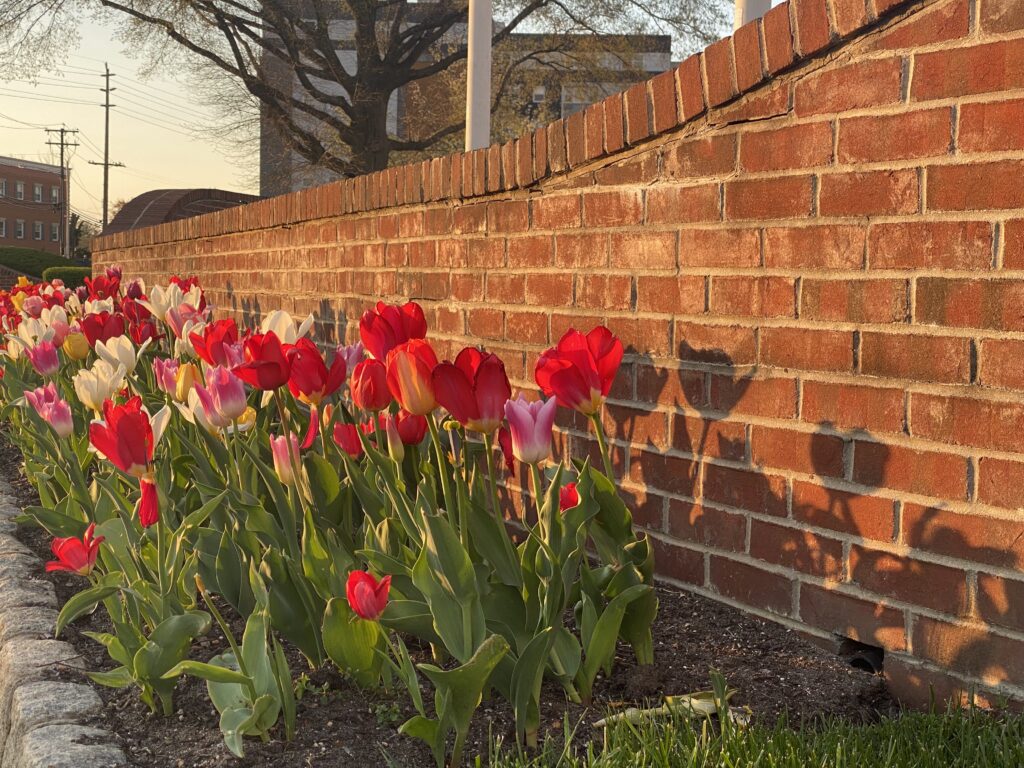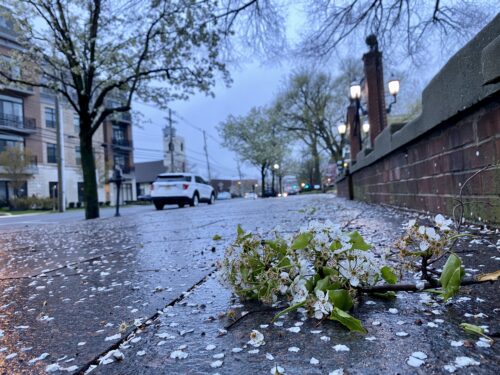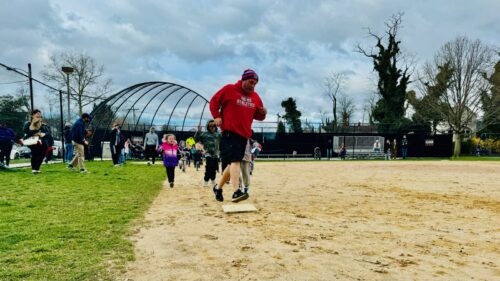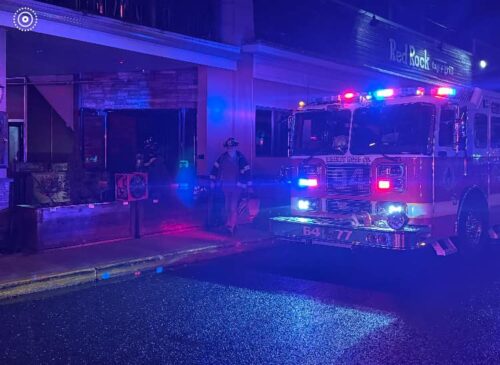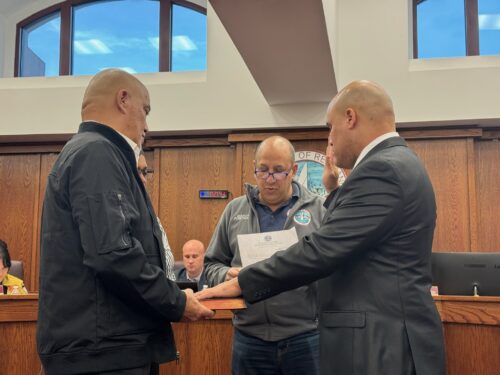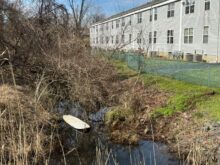Somebody out there apparently didnt think much of Red Bank’s history.
Back in the early spring, borough resident Dana Benjamin spotted an intriguing item for sale on e-Bay: a book of maps of Red Bank from 1914. Her husband, Brian, bought the collection sight unseen for $240, and then went down to Asbury Park to pick it up. There, the sellerwhose name Benjamin doesnt recalltold him his wife had found it in a pile of trash behind Asbury Park City Hall.
I was kind of shocked when I first saw it, says Benjamin, a mortgage broker. I didnt know what it was all about. I still havent figured it out.
What Benjamin got for his money is plainly a compelling collection for anyone curious about old Red Bank, but one with some mystery to it.
Inside the large-format, untitled book, which has come apart at the bindings, are detailed street maps of the borough prepared by Sanborn Map Co. of Manhattan. The book is dated September, 1914, with the town’s population estimated at 8,000 residents. It would appear to be a tax or land-use map, but “the book doesn’t really say what it is,” says Benjamin.
Many but not all of the town’s present streets are included. The footprints of houses, garages and barns are drawn in and colored in yellow; commercial and industrial structures are in pink. Sometimes the property lines are present, other times not.
Benjamin finds his own home, at 44 Irving Place, on the map. “This used to be the old vet,” he says, “and that was his barn.”
Many of the properties indicate they were the locations of now-forgotten businesses. At the corner of Pearl and Chestnut streets, for example, was the Waters & Osborn Sash Door and Blind Factory, with a notation, “no watchman.”
Poring over the heart of the downtown portion of the map is like taking a trip back in time to an era when the borough had numerous hotels and live theatre offerings. The Lyric Theatre is shown, with its narrow entranceway in the vicinity of what is now the Creative Kitchens store on East Front; the stage is drawn near the theatres north end, on Union Street.
The maps identify what’s now known as the Navesink River as the North Shrewsbury River, its name until some time in the late 1940s. An East Front Street bridge over the stream next to what is now the Welsh Farms convenience store at Spring Street is labeled iron bridge. A building near the stream is marked servants quarters.
Benjamin is hoping to find someone with a scanner large enough to copy the plates, with an eye toward making them available on the Internet. The maps are about 13 inches by 21 inches.
Hed also like to learn as much as he can about the history of the book.
Anyone have any insights into this? Are there companion volumes, for example, or other copies floating around? And who on earth would throw them away?



